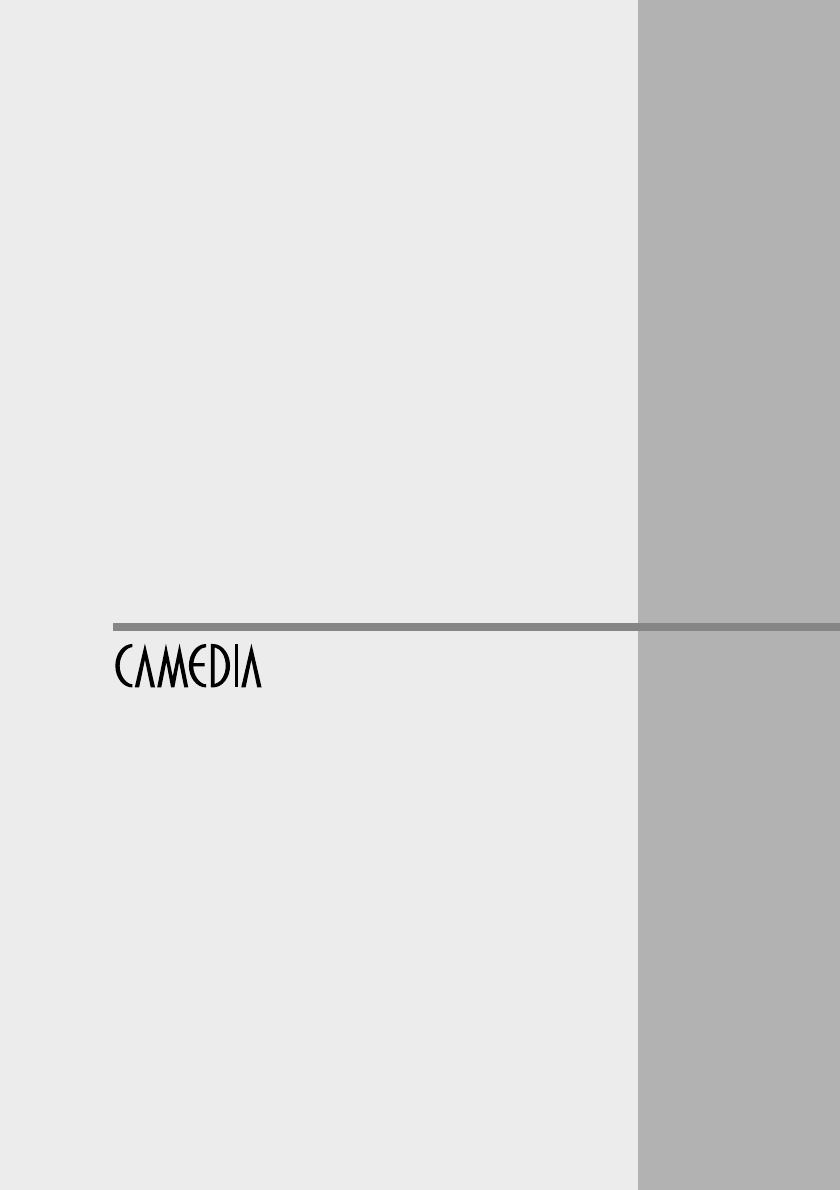
3
Shooting Techniques:
General Introduction
This chapter briefly introduces some basic techniques you can apply to
different situations and shoot beautiful professional looking pictures to
achieve the effects that you want, even if you have little experience
using a camera.
Portraits. You can vary the aperture setting to blur portrait
background, adjust flash, and select a different metering mode to
create artistic effects in portraits.
Portraits (Backlit subjects). By lighting a subject from behind with
backlighting, you can soften shadows on the face and add highlight to
the outlines of the subject’s hair.
Subject in daylight shadow. Even with sufficient light on the subject,
you can set the flash to fire and reduce daylight shadows on the
subject and get beautiful results.
Subject and background both in focus. There will be occasions
when you want to change the aperture value to ensure accurate
focusing of background scenery, or to make sure that all subjects in a
large group picture are in focus.
Moving subjects. You can set a fast shutter speed to capture fast
moving subjects sharply frozen in time, or set a slow shutter speed and
show them in blurred motion.
Close-up. After setting the camera in the macro mode, you can shoot
subjects as close as 20 cm from the lens for detailed nature shots.
Night scenes. You can use slow shutter speeds in combination with
lower ISO settings to experiment with shooting night scenes or other
dark subjects.
Subject against a night scene background. When you shoot a
subject with a flash against a night background, you can use slow
shutter speeds to achieve a variety of artistic effects.
Sunsets and fireworks. By adjusting white balance and using manual
focusing, you can extend the range of creativity in your color pictures.


















